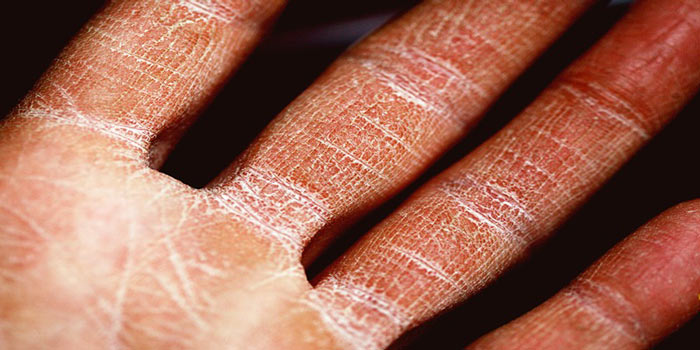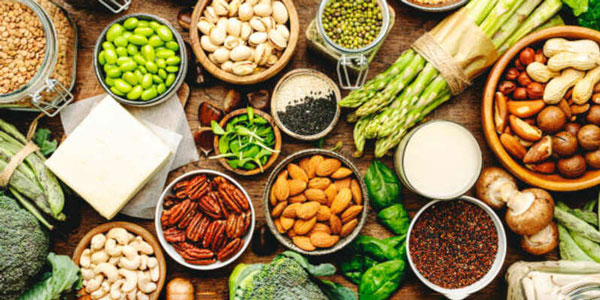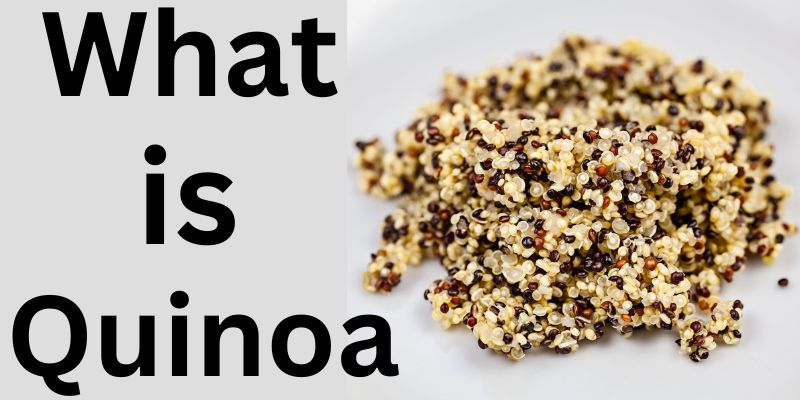Healthy snacking has grown in popularity as people realize the significance of balanced nutrition. Many customers consider consuming "healthy" snacks regularly a healthy decision. Despite their appealing packaging and health promises, these treats contain a secret. Even a healthy snack might harm the body owing to hidden elements. This article explores the unexpected and often shocking truths underlying healthy snacks and how they may have unforeseen effects.
Snacking has changed in a health-conscious culture. Energy bars, gluten-free crisps, and fruit-flavored yogurt line the shelves, promising guilt-free delight. However, these treats frequently inflict hidden harm. As consumers navigate the complicated snack food market, addressing less evident health risks is becoming more critical.

The Deceptive Nature of "Healthy" Snacks:
Healthy snacks are appealing because they promote health. Bright, colorful artwork, natural images, and health-conscious labeling are standard on packaging. The large display of "organic," "low-fat," and "all-natural" implies nourishment and wellness. This sophisticated marketing may rapidly fool people into thinking they're making healthy choices. The truth behind these delicacies' tempting labeling and elegant packaging may differ.
A snack's perceived healthiness might vary widely since "healthy" is subjective. What is frequently ignored is that some of these snacks may include healthy nutrients and harmful chemicals. Thus, customers realize that not all "healthy" snacks are nutritious, revealing the deception of healthy snacks. Due to this perception-reality gap, many health-conscious people struggle to make the optimum food choices.
The Impact of Excess Sugar:
Sugar is one of the most hidden culprits in "healthy" foods. Sugar is extensively employed in processed meals, although its presence in snacks is less evident than in cocktails or desserts. Some snacks, especially "low-fat" or "diet-friendly," have significant sugar content. These sugars may appear on ingredient lists as fructose, sucrose, or corn syrup, making them less noticeable to consumers.
Sugar is known to cause several health problems. It may cause obesity, diabetes, heart disease, and dental difficulties. Healthy snacks with hidden sugar contribute to empty calories and increase sugar cravings. This hidden sugar is a significant cause of the harm even healthy foods may cause.
The Role of Artificial Ingredients:
Artificial components in healthful treats can cause hidden harm. Snack goods sometimes include chemicals, preservatives, and flavor enhancers that contradict their health claims. Artificial sweeteners, colorings, and flavorings may improve taste, texture, and appearance. It may make treats more enticing, but it also poses health risks.
Food industry criticism of artificial substances continues. Questions about health hazards, allergic responses, and long-term well-being have prompted demands for food openness. Healthy snacks containing hidden artificial components might be troublesome for those with sensitivities or allergies or who want to eat more healthily. Healthy snack components may not match customers' impression of healthfulness, leading to the hidden harm of these healthy choices.

The Importance of Portion Control:
Portion management is disregarded in healthy snacking. People may choose healthier snacks over less healthy ones to improve their health. Overeating these foods might cause hidden health problems despite their nutritional value. Healthy snacking may lead to overeating because people feel secure and think more is better.
Even nutrient-dense snacks may cause overeating if eaten in significant numbers, so portion management is crucial. Consuming a bag of nutrient-rich nuts may supply vitamins and minerals, but it may also add a lot of calories. Such practices may induce unintentional weight gain, negating other healthy eating choices. Understanding snacking moderation and quantity management is crucial to reducing hidden harm and improving health.
Hidden Sodium in Snacks:
Healthy snacking is emphasized frequently on sugar and artificial chemicals, but salt is another hidden danger. Some processed foods, even healthy ones, are high in salt. This often-overlooked snacking factor may affect cardiovascular health and well-being.
The flavor and preservation of snack goods depend on sodium, known as salt. High blood pressure and heart disease risk are linked to excessive salt consumption. Hidden salt in snacks may increase sodium consumption when paired with other sources. Consumers must be mindful of the salt concentration in apparently healthful snacks and its cumulative influence on cardiovascular health. Addressing the hidden harm caused by high salt in snacking is essential to adopting healthier snack choices.
The Power of Ingredient Labels:
Ingredient labels can reveal hidden harm in apparently healthful treats. Snack packaging frequently has a complete ingredient list on the reverse. These labels disclose the snack's hidden sugars, unnatural additives, and high sodium levels.
Read and understand food labels to make better snack choices. Ingredient labels identify the product's components and their quantities and kinds. Consumers may examine these labels for concealed health risks. Reading ingredient labels helps people choose foods that fit their diets and health, minimizing the risk of hidden harm from apparently nutritious snacks. Promoting healthy snacking requires empowering people to utilize ingredient labels to make educated choices.
Healthier Snacking Strategies:
Individuals may adopt better eating methods to make more educated and attentive decisions despite the concealed danger in apparently healthy treats. Consumers may guarantee their snacking meets their health objectives without depending on marketing claims and packaging. Find entire, less processed foods, choose fresh and unprocessed products, and make homemade snacks. People may decrease hidden harm and make healthier choices by choosing nutrient-dense, natural snacks.
Portion management and careful snacking are crucial. People may avoid overeating and its hidden health risks by watching meal sizes and snacking. Understanding how sugar, artificial additives, and salt affect one's diet might help one choose healthier snacks. Promoting a balanced snacking diet with nutrient-dense foods and portion control may reduce the hidden harm of apparently healthy snacks.
Conclusion:
In conclusion, customers who care about their health should scrutinize the deception of ostensibly nutritious foods. These foods create hidden harm due to sugar, artificial additives, poor portion management, and high salt. Reading ingredient labels, snacking healthily, and eating moderately may help people make better snack choices. Promoting well-being and healthy diets requires empowering consumers to navigate the complicated snack environment and reveal hidden harm. Healthy and balanced lifestyles may be achieved by encouraging thoughtful and educated snacking to match better eating habits with health objectives.




